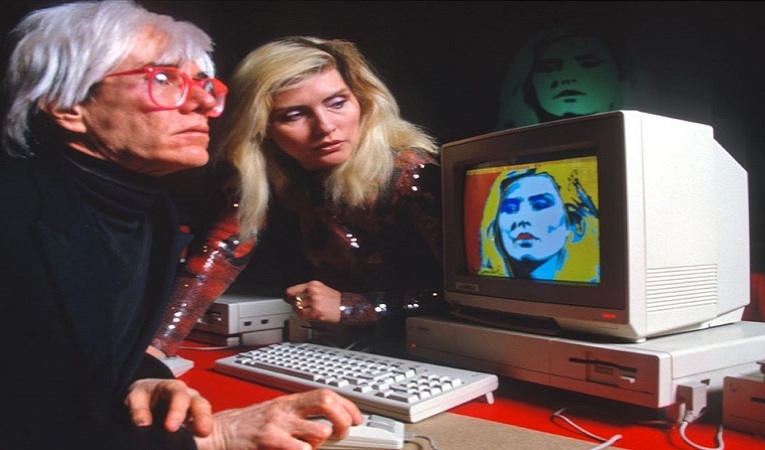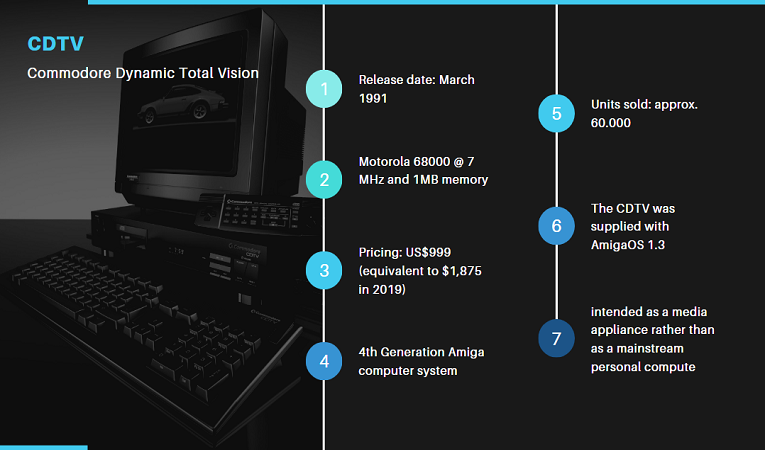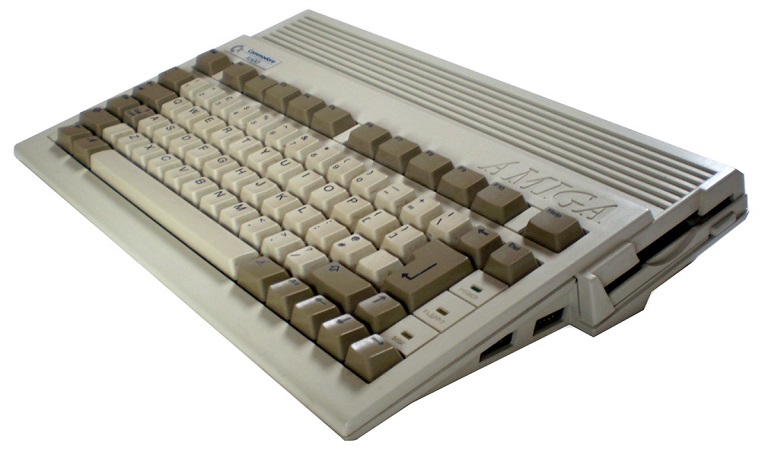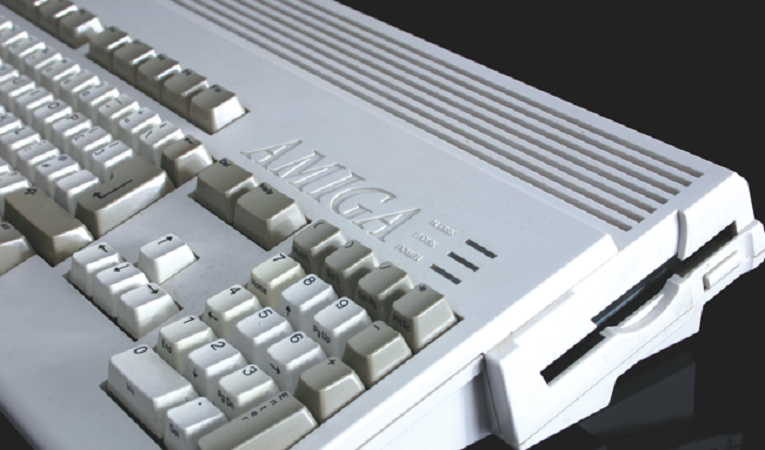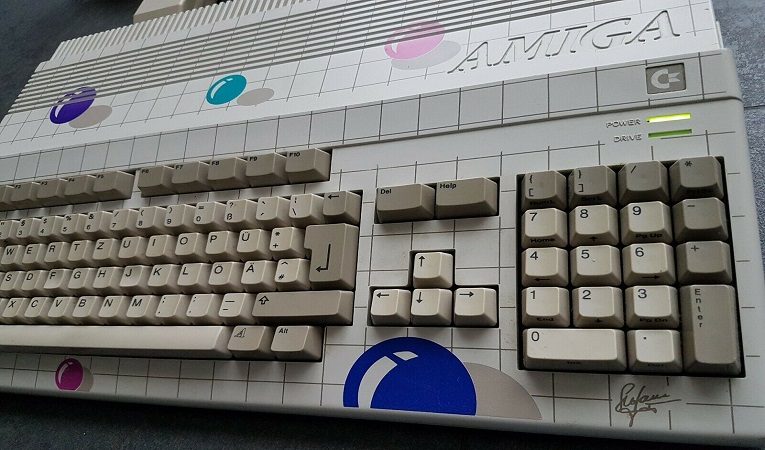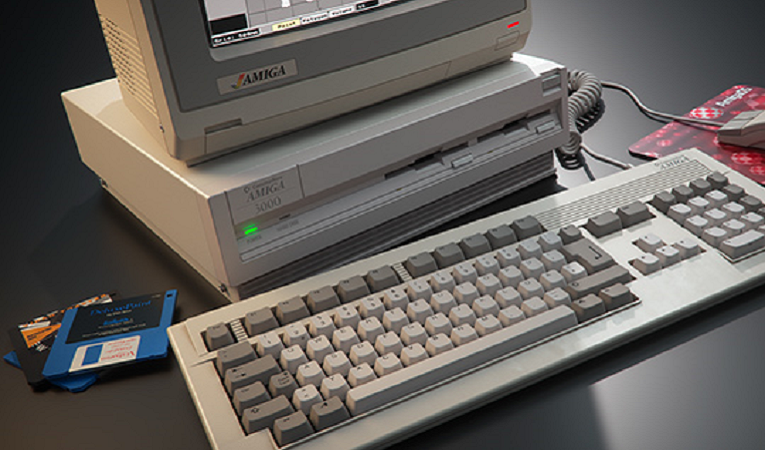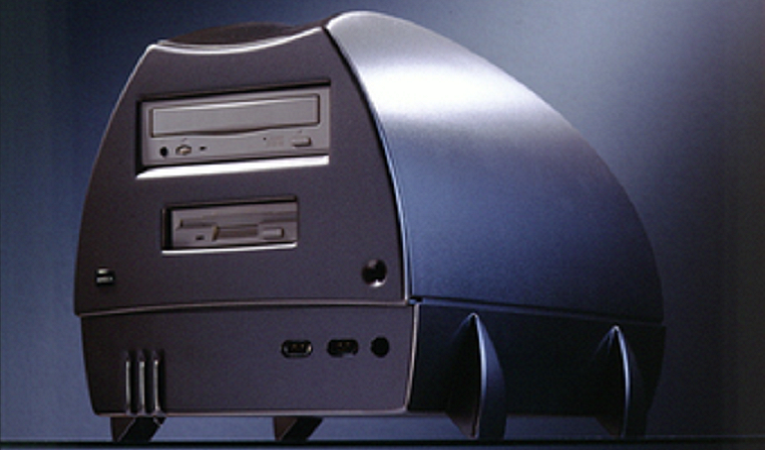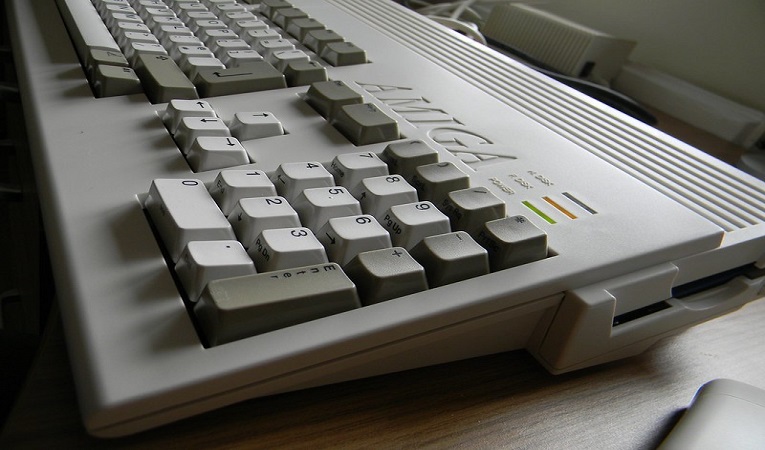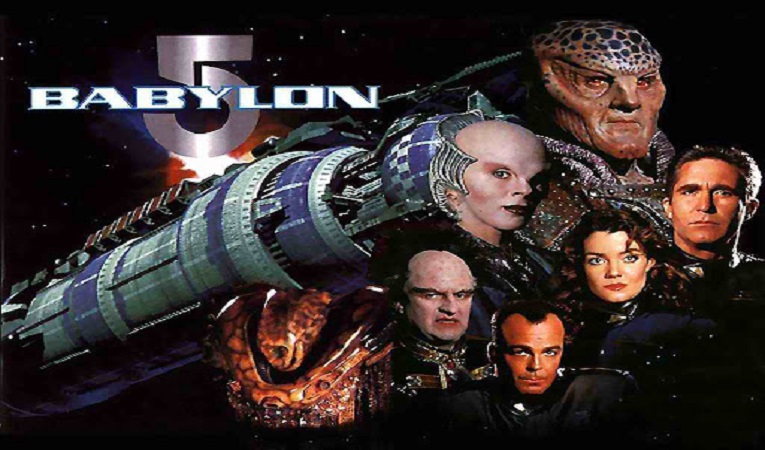
Babylon 5 is an American space opera television series first released in 1993. Babylon 5, set primarily between the years 2257 and 2262, depicts a future where Earth has a unifying Earth government and has gained the technology for faster-than-light travel. Colonies within the solar system, and beyond, make up the Earth Alliance, which has established contact with other spacefaring species. Ten years before the series is set, Earth itself was nearly defeated in a war with the spiritual Minbari, only to escape destruction when the Minbari unexpectedly surrendered at the brink of victory; since then, Earth has established peaceful relationships with them.
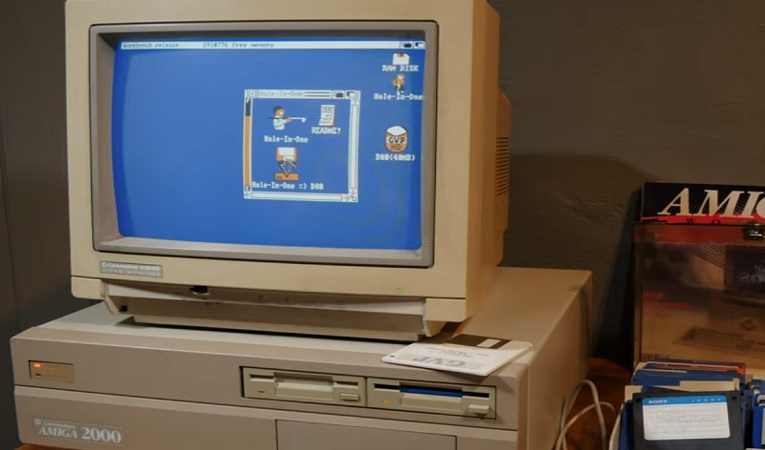
It was one of the first television shows to use computer technology in creating visual effects, rather than models and miniatures, primarily out of budgetary concerns; Straczynski estimated that each of their episodes cost $650,000 to make. But did you know that the visual effects were achieved using Amiga-based Video Toasters at first? Foundation Imaging was a CGI visual effects studio, computer animation studio, and post-production editing facility founded by Paul Beigle-Bryant and Ron Thornton that pioneered digital imaging for television programming using Newtek’s LightWave 3D, originally on Commodore Amiga based Video Toaster workstations.

Foundation Imaging housed 24 Amiga 2000s, 16 of which serve as dedicated rendering engines. Each of the 16 packs 32 megabytes of RAM, a Fusion 40 accelerator, and a Toaster. All the Amigas share data through a Novell network and offload data to a 12-gigabyte 486 PC file server. Foundation Imaging home-brew task manager parcels out rendering work to each of the Amigas in the rack and ensures that no machine sits idle. Thanks to his clever resource management, the rendering time for a frame of Babylon 5 animation averages 45 minutes, not too much more than that required for the less complex models used in the pilot episode.




